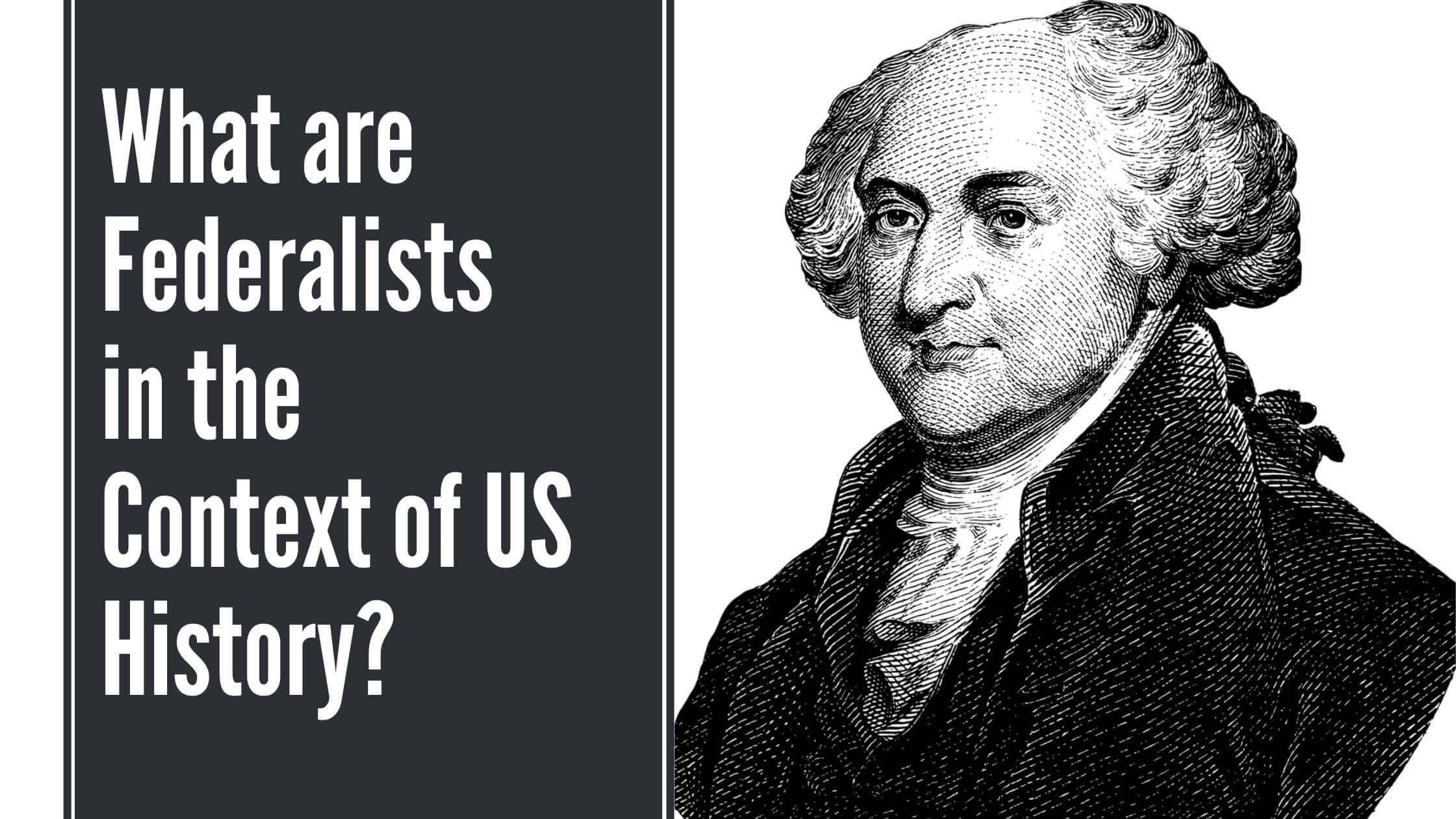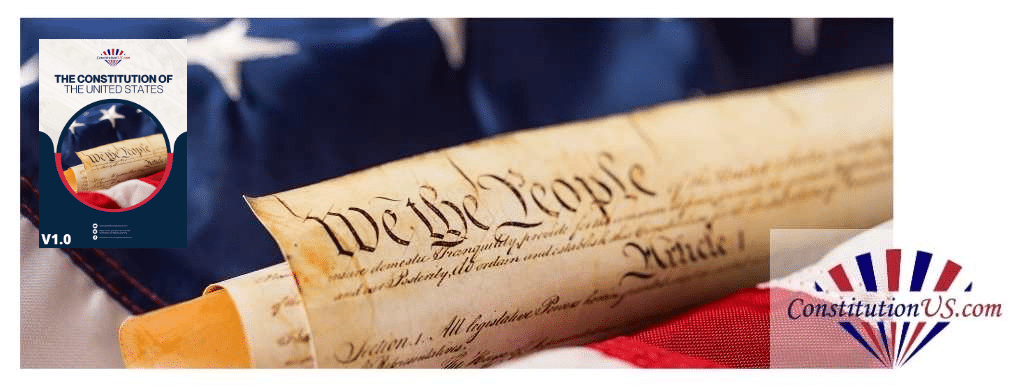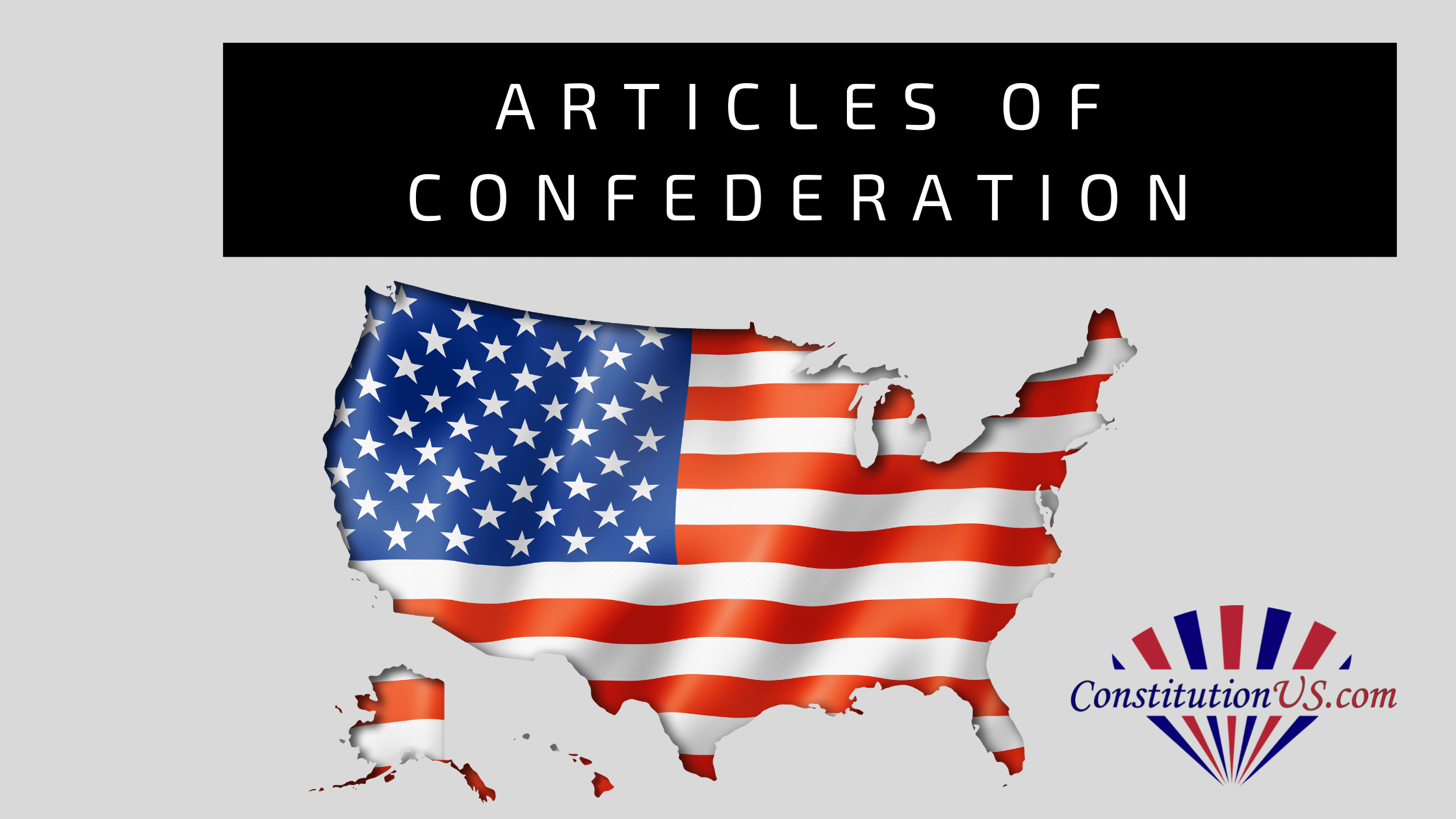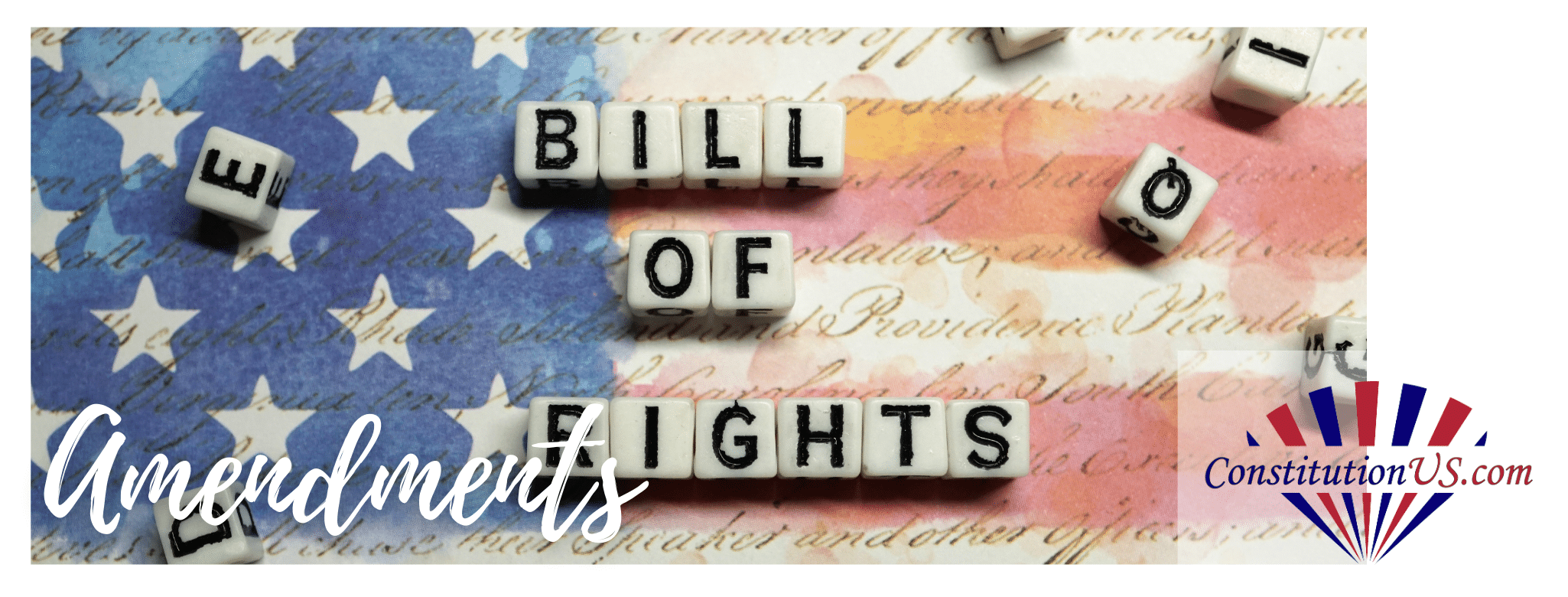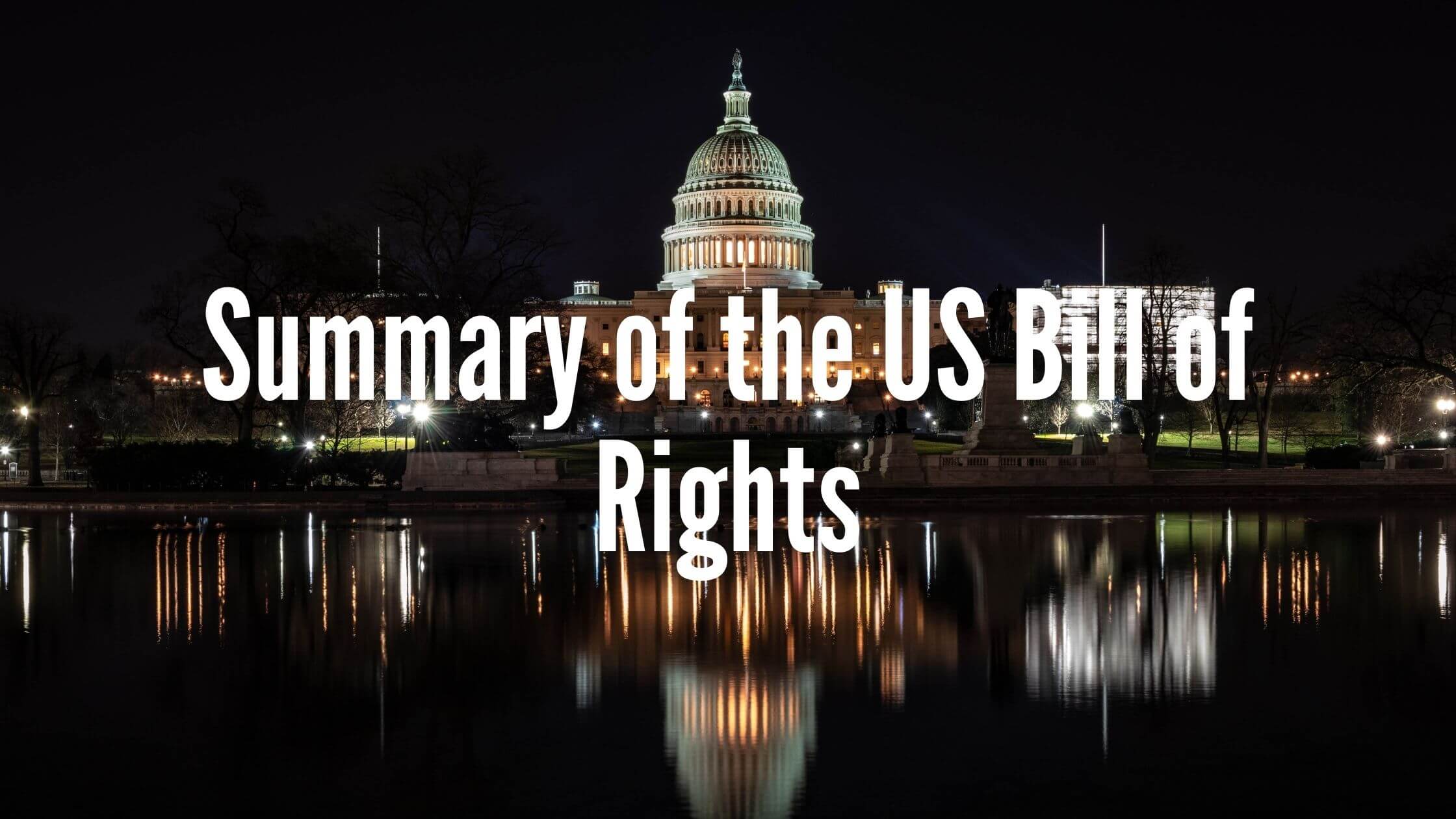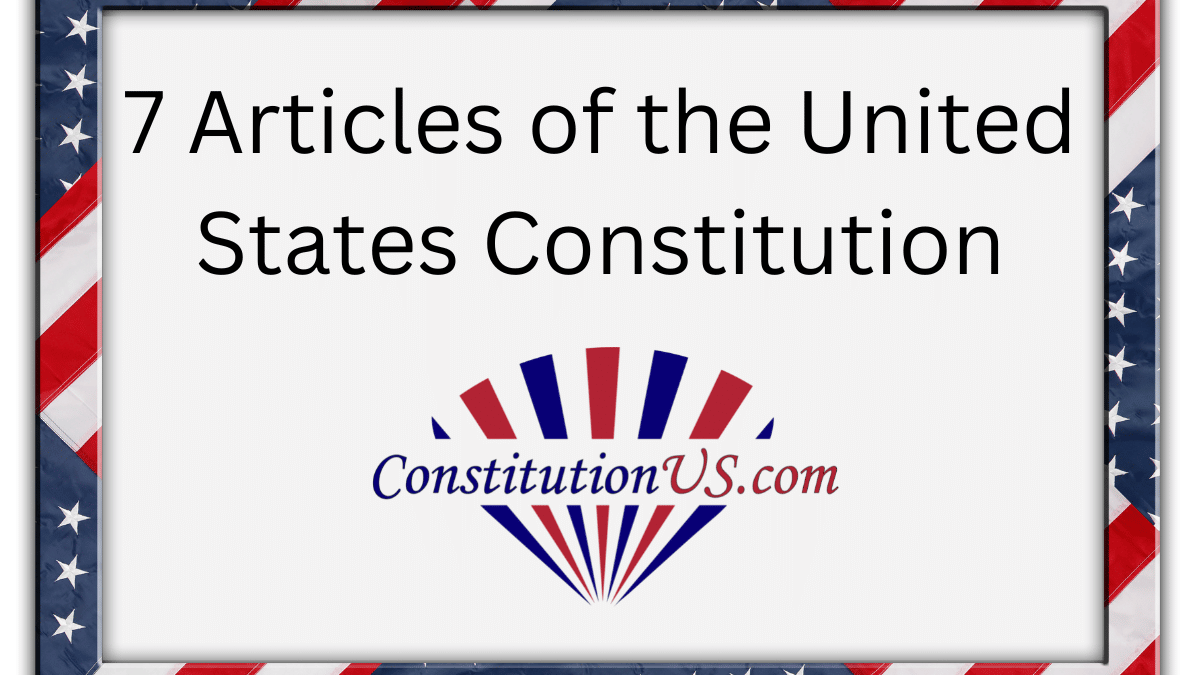Table of Contents
ToggleOver the last few centuries, there have been different definitions of federalist or federalism. The meaning will often depend on the context.
However, we can ask the question in general:
Who is a federalist?
A federalist is someone who wants to see a strong central government with individual states holding less power.
Read on to find out more about federalists and the different definitions.
Defining Federalists in US History
The term “federalist” gets thrown around a lot when discussing US history. The term can refer to a few different things depending on the context. Here’s a full rundown on what federalists were during key periods and why they’re so significant to the history of the United States.
Who Were Federalists?
When historians discuss “federalists,” they usually refer to one of two slightly different groups of people.
The first group of federalists was active after the Philadelphia Convention and first produced the US Constitution. These federalists were advocates of the nascent Constitution and worked hard to get all states to ratify the new document.
Who Were the Famous Federalists?
They published a set of 85 articles and essays in newspapers, writing under the pen name Publius. They were known collectively as the Federalist Papers. The term “federalist” refers to both the authors of these papers (Alexander Hamilton, James Madison, and John Jay) and those who subscribed to their ideas about government and supported the ratification of the Constitution.
If the term “federalists’ is being used to describe people between 1788 and 1840. However, it likely refers to members of the Federalist political party. The Federalist Party was founded by John Jay and Alexander Hamilton, two of the authors of the Federalist Papers. It fought for a strong national government, central economic authority, and a positive relationship with Great Britain. Federalist Party members were incredibly influential during the formation of the United States, but they largely fell from power after 1800.
More Modern Federalists
In recent history, a society of lawyers called the Federalist Society has sprung to prominence. The society was founded in 1982 and is a network for lawyers, law students, and judges with similar political ideas. The Federalist Society espouses individual liberty and attempts to interpret the Constitution at its original meaning. While historically, Federalists wanted to build a stronger national government than their peers, the Federalist Society today aims to limit the growing power of the federal US government and put more power in the hands of states and individuals.
The Federalist Society is especially relevant in discussions about nominating judges. Conservative presidents like Ronald Reagan, George W Bush, and Donald Trump have leaned heavily on the Federalist Society for recommendations for their judicial nominations. Currently, six out of the nine members of the US Supreme Court are current or former members of the Federalist Society.
Federalist Definition in US History
The term “federal” refers to a system of government in which a single central national government reigns over multiple smaller state governments. In many contexts, “federal” refers to the central government of the United States.
Throughout history, federalists have been concerned with the relationship between the national government and its constituent states. Constitution-era federalists advocated for the Constitution’s strong central government, while the later Federalist Party fought to keep the central government power. In both cases, federalists were outspoken proponents of the concept of federalism.
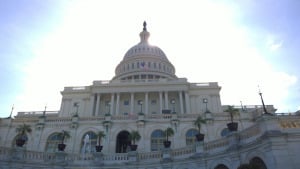
What Are Constitutional Federalists
Setting the Stage
Prior to the Revolutionary War, the United States was a collection of diverse, separately governed colonies. When the colonies united and fought for independence from Britain, they formed a body called the Continental Congress to coordinate their efforts and serve as a national government. As the war drew to a close, the colonies created a more formal government, writing the Articles of Confederation to define the scope of the powers that their central government would have. The Articles of Confederation lasted from 1781 until their replacement in 1789 with the current US Constitution.
The Articles of Confederation’s Weakness
Unlike the later Constitution, the Articles of Confederation gave virtually no power to the central government of the fledgling United States. Congress could not set or collect taxes, recruit troops, or regulate trade. All of these powers were left to the governments of individual states.
As a result, the United States had trouble finding soldiers to fight the British during the Revolutionary War, and Congress had difficulty paying the troops that showed up to fight. Similar issues continued after the war when the Congress of the Confederation struggled to levy a navy to fight against pirates. The Articles of Confederation gave Congress the power to write states and ask for money, but no mechanism gave states any reason to comply.

Get Smarter on US News, History, and the Constitution
Join the thousands of fellow patriots who rely on our 5-minute newsletter to stay informed on the key events and trends that shaped our nation's past and continue to shape its present.
Not only was the Congress of the Confederation weak, but it was also the only piece of the central government. Foreign diplomats had to wait for months for enough congresspeople to assemble for their missives to be heard. Many would-be deals were botched due to Congress’ inability to take swift, decisive action.
Fixing Things Federally
Politicians rapidly became aware of the shortcomings of the Articles of Confederation. In 1787, a convention was held in Philadelphia to fix the issues with the nation’s system of rule. Ostensibly, the convention was convened to revise the Articles, but James Madison and Alexander Hamilton insisted that this was impossible. They argued that any proper fix involved setting up a strong federal government that was so drastically different from the one under the Articles of Confederation that a new document was required.
A New Constitution
James Madison, and Alexander Hamilton, two of the authors of the Federalist Papers, attended the Philadelphia Convention and helped lead the cause of a stronger federal government. Madison studied foreign governments for weeks before the convention, helping him author the Virginia Plan, a series of ideas that served as a rough draft for the eventual Constitution.

Federalists Beliefs
Madison and Hamilton had some ideological differences at the Convention, as Hamilton thought that the President should be elected for life and wanted the federal government to appoint state governors. However, Madison’s plan ultimately prevailed. While Hamilton felt that the resulting Constitution was imperfect, he thought it was a vast improvement over the Articles of Confederation.
The Federalist Papers
While the Constitution had been written, it was still up to the states to ratify it. Delegates returned from the convention to their home states and sought the approval of the state governments to ratify the document and make the switch from the Articles of Confederation. In late 1787, essays against the federal constitution began appearing in the New York press. Hamilton responded by writing Federalist No. 1 under the name Publius.
Hamilton recruited John Jay to his cause, who wrote Federalist No. 2-5 before getting sick. He quickly convinced James Madison to help, and the two of them wrote all but one of the remaining 80 essays under the same pen name. Jay returned for Federalist No 64, an influential essay about the role of the Senate in foreign affairs.
Signing the Constitution
The Constitution was a contentious document that met some opposition. The Congress of the Confederation ultimately decided that the Constitution would need to be ratified by nine of the 13 states. As a result, supporters of the Constitution became known as Federalists, while its opponents were known as Anti-Federalists.
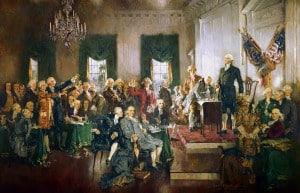
Ultimately, nine states ratified the constitution by June 1788, giving the document enough power to go into effect. While the efforts of Jay, Madison, and Hamilton were colossal in this process, they would not have succeeded without the help of less-recognized Federalists in debates across the nation.
The Federalist Party
When the Constitution went into effect, many of the nation’s top thinkers thought that political parties were divisive, harmful to democracy, and generally a bad idea. Nevertheless, Washington was elected president by a landslide, and he appointed Alexander Hamilton as Secretary of the Treasury and Thomas Jefferson as Secretary of State.
The First Divide
As Secretary of the Treasury, Hamilton wanted to pursue economic goals to strengthen the United States. He sought to establish a national bank, pay back the existing debt of the previous government and the states, and start a tradition of honoring bonds, no matter their holder.
Thomas Jefferson opposed these ideas, leading to a bitter divide within President Washington’s cabinet. Jefferson ultimately resigned from the cabinet and spent time with James Madison, the former Federalist Papers author who had become Jefferson’s political ally. Meanwhile, Hamilton implemented many of his policies and advised Washington on economic and non-economic matters.
As Hamilton created a national network to support his politics, his faction became known as the Federalists. Madison and Jefferson’s faction was called the Anti-Federalists at first, but its members were soon referred to as Democrats, Republicans, Jeffersonians, or Democratic-Republicans. By the election of 1792, it was clear that America had two political parties.
The Fight for Vice President
One of the big takeaways of the early struggle for power in Washington’s cabinet was that the victor got all the spoils. Jefferson was only able to appoint a single part-time official before he stepped down. Hamilton appointed 1,700 Treasury officials by 1801. Despite their national defeat, Democratic-Republicans could secure victories in state and local elections. George Clinton became governor of New York, giving Jefferson and Madison’s party the political capital they needed to oppose the Federalists.
There was no contention for who would be the second president. The conventional wisdom was that Washington was going to win by a landslide. There was, however, a fight over the number two spot. Incumbent vice president John Adams was a Federalist, while the Democratic-Republicans fielded New York governor George Clinton as their candidate. Ultimately, Adams was victorious, giving the Federalists a promising early win.
Foreign Affairs
The King of France had supported the American Revolution. During Washington’s presidency, the French Revolution occurred, a bloody uprising that led to the beheading of many members of French royalty. Many Americans felt that the young country owed a debt to France, although it was unclear whether it was to France’s monarchy or France’s people. The English government, separated from France by a thin body of water, was fearful that the revolting French would come after their monarchy as well.
Hamilton’s Federalists generally supported the cause of Great Britain during this confusing time. They pushed for the Jay Treaty in 1794, a document that helped end leftover grievances with Britain after the Revolutionary War and normalized international relations. Jefferson bitterly opposed the treaty. Instead of normalizing relations with Britain, they sought to create an environment of economic hostility.
The Senate approved the treaty over Jefferson and Madison’s objections after a national propaganda campaign by both sides. While the federalists ostensibly won the battle, the victory cost them dearly, as many southerners lost faith in the federalists after they normalized relations with the English monarchy.
Was John Adams a Federalist?
Washington declined to run for president again in 1796. John Adams, a Federalist, ran against Jefferson, a Democratic-Republican. Adams and Hamilton distrusted each other, but neither challenged the other’s power in a meaningful way. Jefferson won the support of the Southern states, while Adams won New England while retaining a slight edge in the middle states. He won the election by three electoral votes.
As president, John Adams failed to build a national power base or secure control over his cabinet. This resulted in Hamilton taking charge of Adams’ cabinet. Tensions with France grew during Adams’ presidency, resulting in a “quasi-war,” where some naval conflicts occurred despite the lack of a formal declaration of war. Hamilton built a navy in preparation for a war with France. At the same time, the Federalists passed the Alien and Sedition Acts, a set of laws designed to prevent foreign spies and traitors from having an undue influence over the United States.
Adams and Hamilton began to have more and more disagreements. Eventually, in 1799, Adams decided that he was done with Hamilton. He brokered peace with France, fired Hamilton’s supporters from the cabinet, and split the Federalist Party.
The Loss to Jefferson
While Adams was still popular with Federalists, the party’s split proved to be too large to win the election of 1800. Jefferson won the election, although his party’s political maneuvering to ensure that Aaron Burr would be vice president complicated his victory. Jefferson was content to let the Federalists disappear through attrition, and they did so rapidly. By 1804, the Federalist party was in disarray and hardly mounted any resistance to Jefferson’s Democratic-Republican policies.
